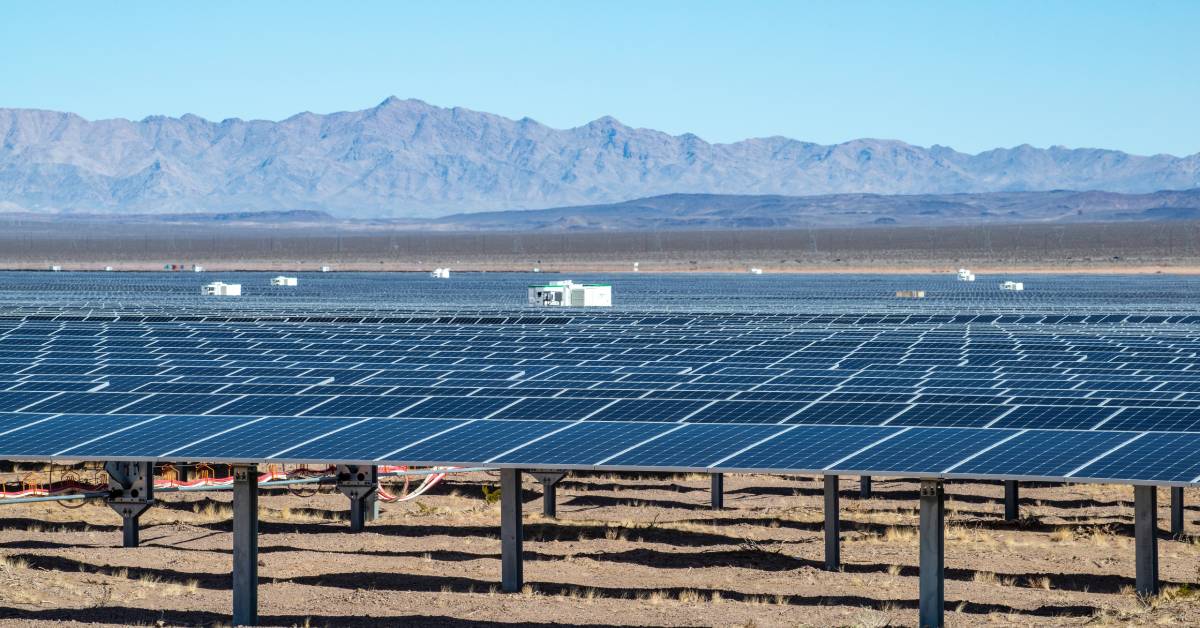5 Important Components of a Solar Project

Solar energy projects have gained traction as viable, sustainable alternatives to traditional power sources. However, before professionals start work on building these products, they should gain a complete understanding of the critical components involved. This guide can help, as we will look at five important components of a solar project.
A Solar Panel
This component may seem obvious, but it is still important to highlight, since solar panels play an important role. These panels take sunlight and convert it into electricity through the photovoltaic effect.
When picking a panel for your system, try to choose one with a high-efficiency rating. This will allow it to take sunlight and transform it into more energy, which will be more advantageous for your project.
A Racking System
Another important component of a solar project is a racking system, which provides the necessary support and positioning for a solar panel. These systems securely mount the panels on rooftops or ground installations.
However, when using racking systems, ensure they are robust and adaptable to different surfaces and inclinations. Proper alignment and angling of a solar panel can maximize the energy captured and improve your system’s efficiency.
An Expansion Joint
People often overlook how metal expansion joints are used in the solar industry. However, one important role they play is joining together solar panels and protecting them from potential harm. Including high-quality expansion joints in the design phase can help save time and costs associated with maintenance and repairs in the future.
A Battery
When solar panels absorb sunlight and create power, they need to store energy for later. A battery provides them with an excellent solution.
People often use lithium-ion batteries because of the benefits, which include their long lifespans. However, builders may use other types, like lead-acid or flow batteries, based on their project requirements.
An Inverter
One last essential component is an inverter, which takes the direct current (DC) from the panels and turns it into alternating current (AC) that powers your house’s devices. People often use string inverters and microinverters for their projects.
While the microinverter helps turn DC into AC, the string inverter collects it all. Be careful when selecting the inverters you use in your solar project since they may experience a fault during their use, including overvoltage.
By being aware of these critical components, solar industry professionals can better ensure the efficiency and longevity of their solar projects. In the end, the success of these projects can contribute to a more sustainable future.





